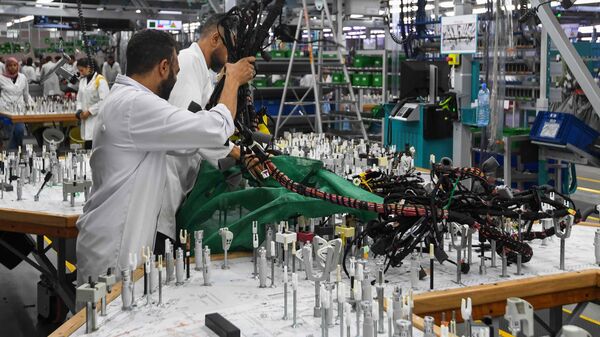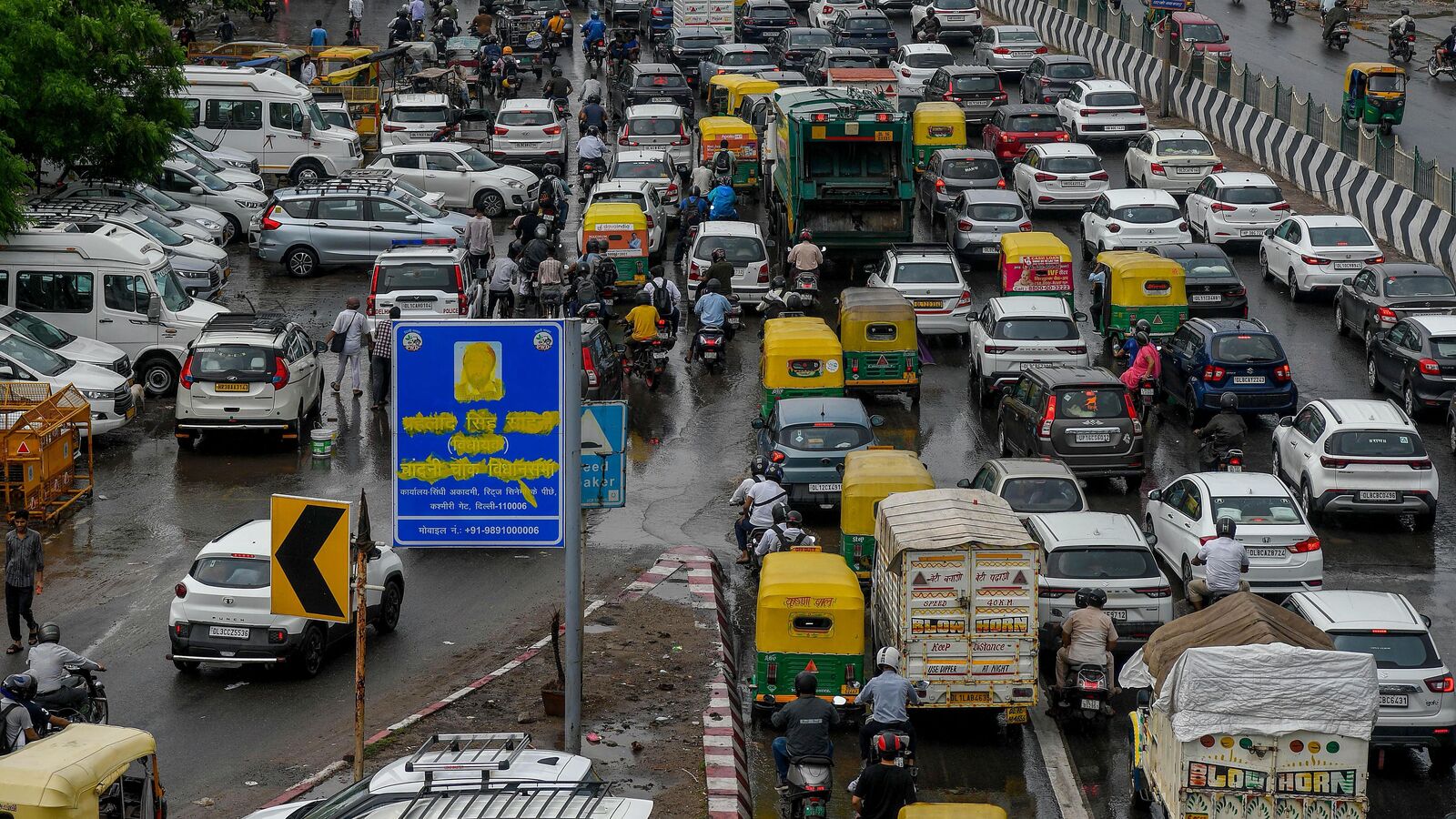The government plans to simplify the GST slabs into two broader categories – Standard and Merit – 5 and 18 per cent – under the next-generation GST reforms, which could lead to lower prices for cars and two-wheelers.
Passenger cars and two-wheelers could get more affordable come this Diwali, as the government plans to lower rates and simplify the Goods and Services Tax (GST) by October. Prime Minister Narendra Modi announced the plan during his speech at India’s 79th Independence Day celebrations. The move aims to boost domestic demand across multiple categories, and could lead to lower prices for mass-market vehicles.
Government Looking To Simplify GST Brackets
The government presently levies 5, 12, 18, and 28 per cent tax on most goods and services, and the government plans to simplify this into two broader categories – Standard and Merit – 5 and 18 per cent – under the next-generation GST reforms. Cars and two-wheelers are currently taxed at 28 per cent, which could be brought down to 18 per cent. This should translate to savings of up to 5-10 per cent for the customer, thanks to the reduction.

Mass-Market Cars & Two-Wheelers Could Get More Affordable
The move should particularly help boost sales in the mass-market segments, particularly entry-level two-wheelers and subcompact cars under ₹10 lakh. Moreover, the move will also help reduce prices on automotive components, which in turn will help make manufacturing more reasonable for auto players. Auto spares should also benefit from the GST reduction, resulting in a lower vehicle running cost for customers. The GST reduction for entry-level two-wheelers has been a long-awaited demand from manufacturers.
That said, electric vehicles are likely to continue to be placed in the 5 per cent tax slab. Meanwhile, the new GST regime could continue with the existing tax structure for luxury cars. Moreover, the government is likely to continue to apply the compensation cess on passenger vehicles. On the other hand, the recommendation suggests having a 40 per cent tax rate on luxury and sin goods, extending to seven items, including tobacco.

GST Revamp To Help Ease of Doing Business, Boost Demand
The GST revamp also aims to help ease of doing business, and aims to boost trade for the MSME (Micro, Small & Medium Enterprises), in the wake of the higher tariffs levied by the US. The move should help boost the economy as a whole, as more and more goods will become more accessible for the masses. The reduction in taxes will also help reduce prices for home appliances and other electronic items.
The Finance Ministry said the GST Council is expected to discuss the GoM recommendations in the upcoming meeting, aiming for a swift implementation. “Every effort will be made to facilitate early implementation so that the intended benefits are substantially realised within the current financial year,” the ministry added further. The new taxation norms could be rolled out by Diwali this year, hinting at a revision in prices around the end of October or November.
Check out Upcoming Cars in India 2025, Best SUVs in India.
First Published Date: 16 Aug 2025, 17:44 pm IST



